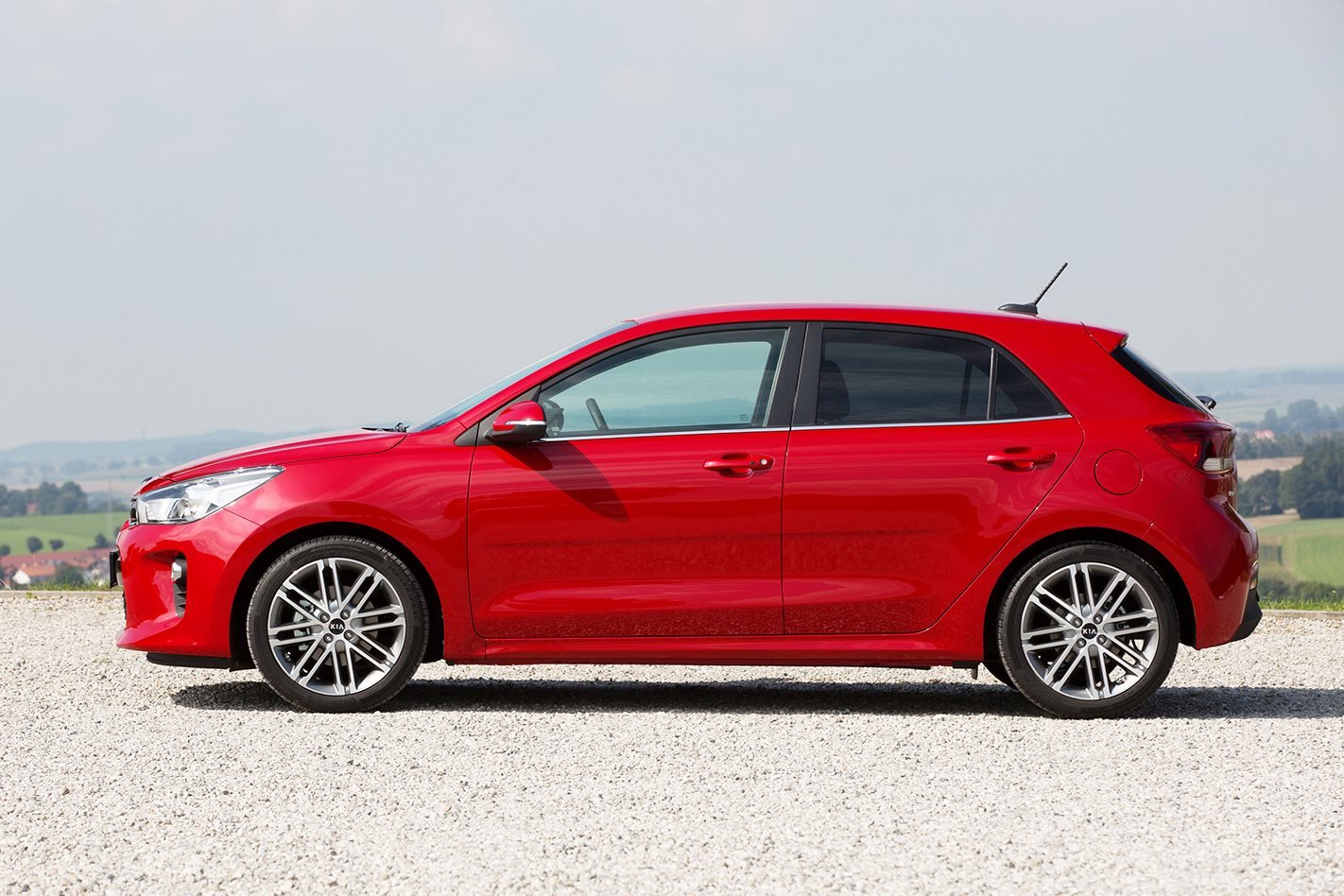
TWO WHEELS
Kia’s life started in 1944 when it was originally founded as Kyungsung Precision Industry – when bicycles rather than cars were the focus. After several years manufacturing components and tubing, the company created Korea’s first complete bicycle – the Samchuly – in 1952. It became renamed Kia Industries the same year. Kia is Sino-Korean for ‘arise out of Asia’. Today, Samchuly Bicycle is Korea’s largest bicycle manufacturer. Kia also built Korea’s first motorcycle, in 1961.
THREE WHEELS
It was another decade before Kia’s first foray into motor vehicles, with the K-360 three-wheeler ute – built predominantly for the Japanese market. It was followed seven years later by the T-600 model, which offered greater storage capacity.
…AND FOUR WHEELS
In 1974, Kia pipped Hyundai to building Korea’s first domestic passenger car – with the Brisa sedan. It was not developed locally like Hyundai’s 1975 Pony, however – it was a rebadged, second-generation Mazda 323 with a mildly tweaked front end.
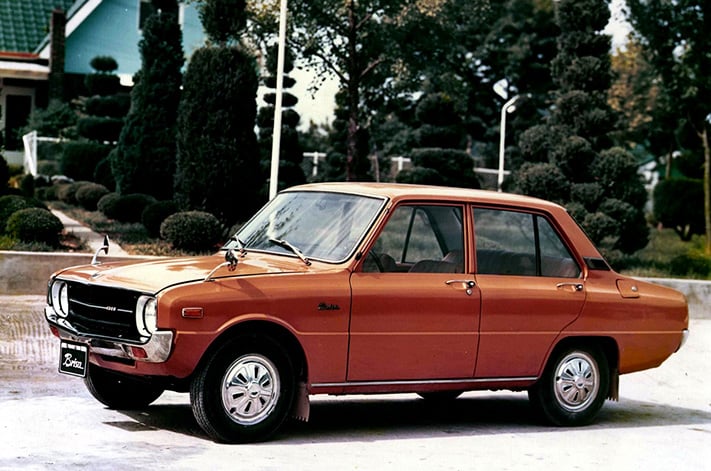
TAKING PRIDE
The 1987 Pride city car was another exercise in badge engineering, this time based on the Ford Festiva that Ford had asked Kia to build under licence. In various body styles, it was produced in Korea for 13 years before being replaced by another model related to the Festiva (and Mazda 121) but would become one of Kia’s most popular models: the Rio.
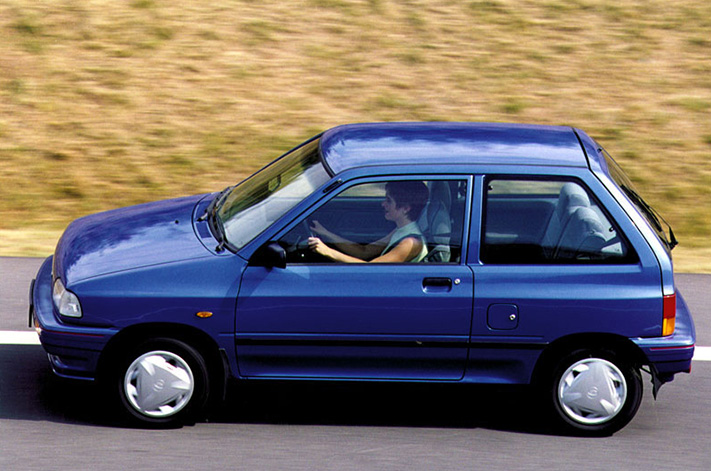
BRAND BUILDING
Before Ford, Peugeot and Fiat capitalised on Kia’s manufacturing set-up. From 1979 for a few years, Kia built the 604 for the former, and the 132 for the latter.
THE KOREAN LOTUS
Korea offered a genuine sports car in the late 1990s. A year after Lotus had ceased production of its last-generation Elan in 1995, Kia purchased the design rights to the two-seater convertible. The Kia Elan was easily recognisable from the Lotus that had turned front-wheel drive in 1989 after 27 years as a rear-drive model. The main changes were different tail-lights, some interior revisions, and a switch from the Lotus’s Isuzu-sourced 1.6-litre turbo to a normally aspirated 1.8-litre. Despite being produced in small numbers, it made its mark in both Europe and the US.
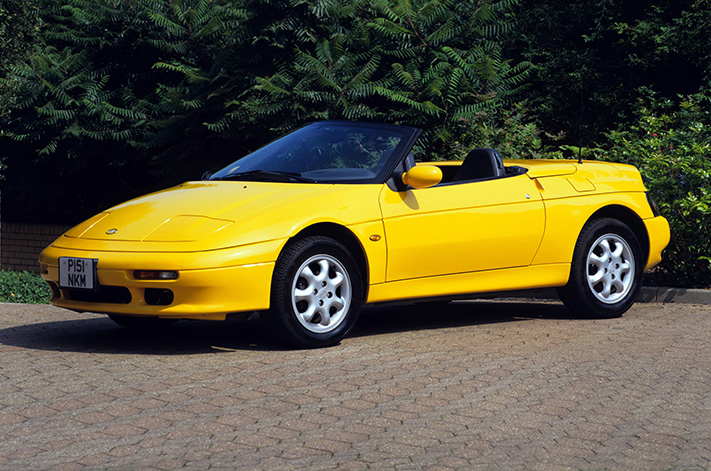
HELLO AUSTRALIA
The Kia Mentor signalled the Korean brand’s arrival in Australia in 1997. Another model derived from a Mazda – the 1989 323 – the front-wheel-drive, five-door hatch was priced for low budgets. Cheap plastics, however, didn’t help the quality reputation of Korean cars that had been harmed by the Hyundai Excel a decade earlier.
SAMSUNG WANTED TO BUY KIA
Kia went in bankrupt in 1997 with billions of dollars of debt owing to difficult economic conditions compounded by that year’s Asian currency crisis. Korea’s electronic giant Samsung wanted to buy the company, reportedly with the help of Ford (then Kia’s largest shareholder) – which itself had been considered favourite to pick up Kia. However, it was another expected bidder, Hyundai, which assumed control in late 1998.
IT’S GOOD TO SHARE
One of Hyundai’s first moves was to kill off Kia’s ties to Ford and Mazda, and introduce a new era of platform and component sharing between Korea’s biggest and second-biggest car brands. Initial model twins included the likes of the 2004 Cerato medium car (based off the Hyundai Elantra) and the 2005 Rio (linked with the Hyundai Accent).
BIG-SERVING SPONSORSHIP
Kia has been the main sponsor of tennis’s Australian Open grand slam since 2001. Reportedly costing Kia $10 million a year, the sponsorship is covered by headquarters in South Korea as the event is considered a global marketing tool. At 2017’s Open, Kia supplied 130 vehicles with 250 drivers covering 335,000km during 20,000 trips.
PARTY TIME FOR BIG FAMILIES
Kia’s Carnival people-mover has been a hit with multi-kid Australian families since 1999 – thanks to its position as a genuine seven-seater available that, when released, was at least $10,000 cheaper than rival models. The fourth-generation model released in 2015 was Australia’s best-selling people-mover in both 2015 and 2016.
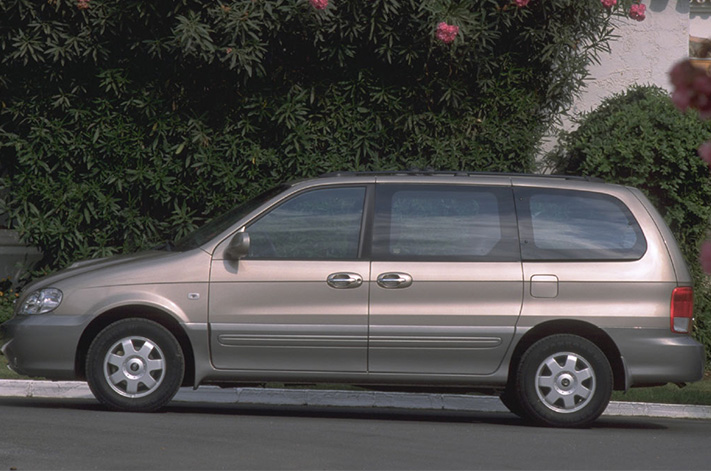
TT DESIGNER DRAWN IN
Kia signed Peter Schreyer as its design chief in 2006 to give its products a much-needed injection of style. German-born Schreyer certainly had an impressive CV from his time at the VW Group, having helped pen models such as the 1998 New Beetle and the original Audi TT. He has since established a recognisable family face for Kia models – known as the ‘tiger nose’ or ‘Schreyer grille’. In late 2012, Schreyer was promoted from his position of executive vice president and chief design officer to became the first non-Korean president of Kia. The following year he became responsible for the design of both Hyundai and Kia models.
LOCAL TUNING
Several years ago, Kia initiated local steering and suspension tuning of pre-production models to improve the ride and handling of imported models for Australian roads (and driver tastes). The company’s engineering team is headed by experienced consultant Graham Gambold.
SEVEN-YEAR PITCH
Hyundai was the first brand to introduce a five-year factory warranty in Australia, Citroen upped the ante to six years in 2014, though later the same year Kia established a benchmark seven years’ peace of mind for buyers.
PORSCHE-BEATER
The quality of Korean vehicles has risen dramatically over the past decade, yet Kia’s topping of the American JD Power 2016 Initial Quality Study survey was still a stunning result. After finishing second in 2015 for the Study that surveys tens of thousands of owners to enquire about problems experienced in the first 90 days of ownership, Kia pipped Porsche to the number one spot. (Hyundai was third.)
MASERATI-INSPIRED KIA
Arguably the most exciting Kia yet reaches Australia in late 2017. The Stinger is a rear-wheel-drive sports sedan powered by a 272kW 3.3-litre turbocharged V6 and claimed to sprint from 0-100km/h in less than five seconds. The range will open with a 190kW 2.0-litre turbo, and is expected to be priced from about $40,000. Peter Schreyer, who has been dreaming of a Kia sports car since joining the brand, says the Stinger is inspired by 1970s GTs such as the Maserati Ghibli.





